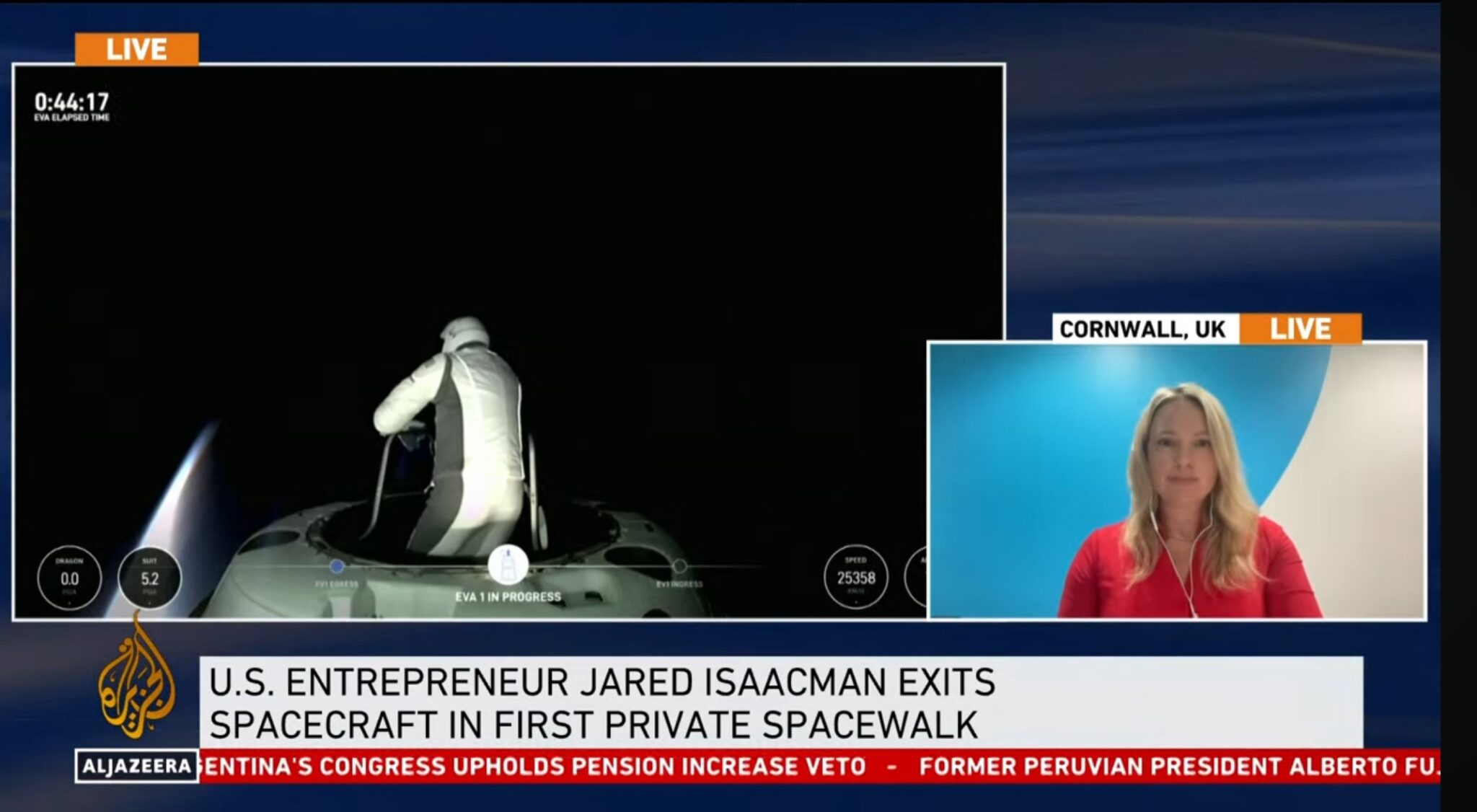As part of its planetary defence strategy, China plans to launch an asteroid impactor mission to deflect the orbit of a near-Earth asteroid.
The test mission, as reported by SpaceNews (Andrew Jones), will make close-up observations of a selected, potentially dangerous, asteroid and then create an impact in order to alter its orbit. However, the experiment, does carry a very small risk of altering the orbit enough to inadvertently increase its chance of hitting the Earth.
NASA’s similar DART (Double Asteroid Redirect Test) mission poses a much smaller risk to the Earth because it targets an object orbiting another asteroid far away from Earth. NASA launched its DART mission towards the asteroid moon Dimorphos in November last year. It is expected to collide with the asteroid at circa 6 km/s in late September/early October of this year with the aim of deflecting its orbit. Importantly, Dimorphos’s orbit is around another asteroid, Didymos, and thus, while it is expected to be changed after the impact, it will remain around Didymos.
Comment by David Todd: We can only hope that an unintentional mishap does not happen on China’s asteroid redirection test mission which is, in fact, a kind of asteroid “pool shot” involving Newtonian mechanics. While the risk is very low – probably infinitesimal – experiments can, and do, go wrong and the question is whether the risk/reward ratio is worth it? As it is, from bitter experience, this writer can tell you that whenever he plays pool or snooker, his Newtonian shots often go wrong.





